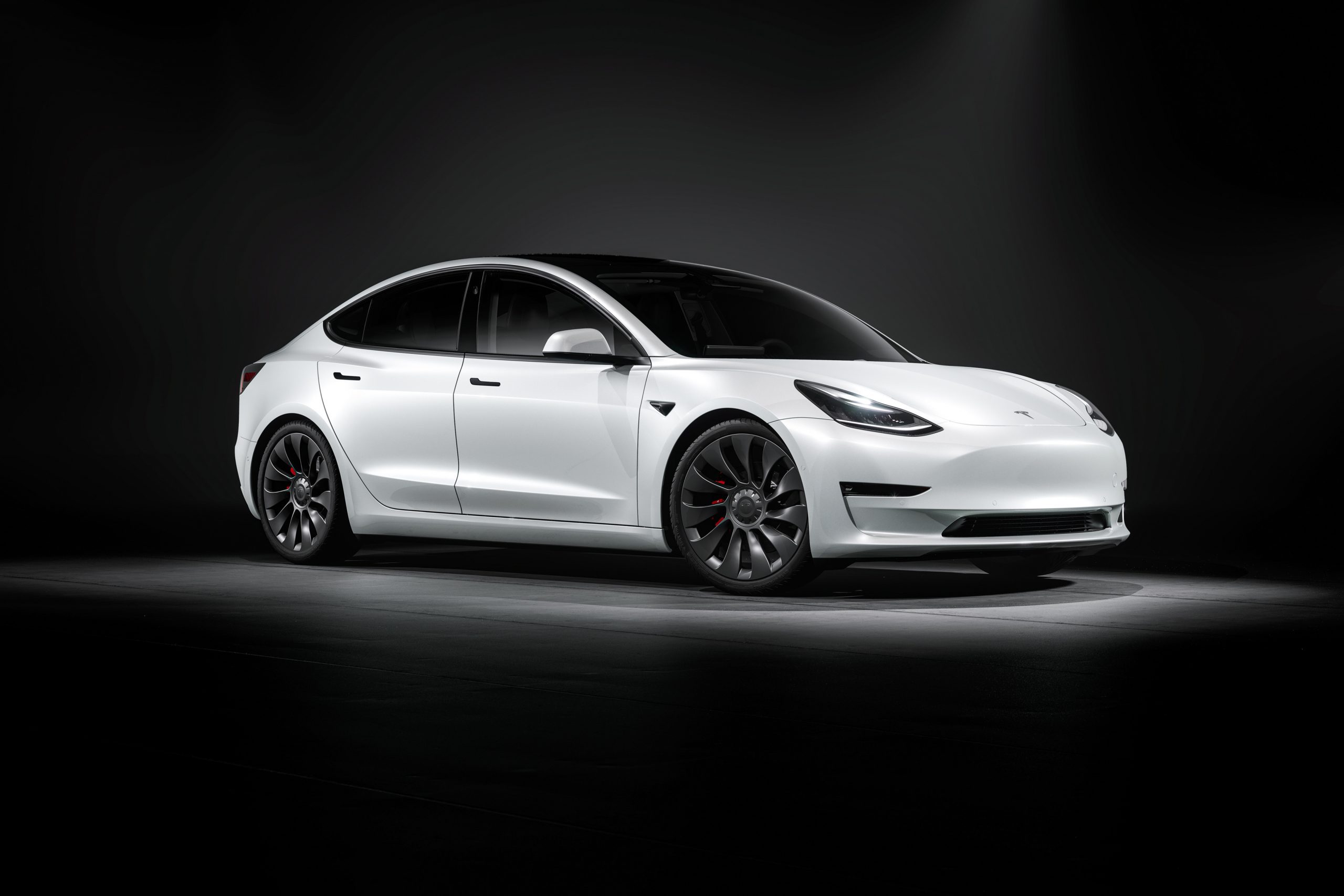mspohr
Well-Known Member
I don't think the picture for the ICEmakers is quite as rosy as you have rationalized.Non-recourse debt from OEMs financial arms on the cars themselves have no effect on operations.
Non-profitable and low profit ICE car sales are falling. Last month ATP on new cars is over $45k in the USA. I imagine it is the same in Europe and Asia. If you can't make all the cars you want because of chip,labor, and whatever else shortage you prioritize making the most profitable cars.
They are making profits on their EVs. Many OEMs have expertise on EVs. Having less expertise than Tesla does not mean zero.
Toyota makes the best mass market mainstream ICEv and they are the low cost producer. They don't have 100% ICEv market share. They have 10%.
Tesla can have objectively the best BEVs and be the low cost producer doesn't mean they will have 50% Plus market share. There will be others making different BEVs for different taste.
Elon Musk himselfs projects 25% automotive market share for Tesla. Because manufacturing is hard. And Elon tends to be optimistic.
EVs are a small part of the market now but will rapidly overtake ICE. EV market share will go to low cost producers with compelling products. None of the Ice makers have cost or performance advantages. They are still in the compliance car mindset and don't want to cannibalize their ICE profits. Only VW seems to realize this.
In 5 years the auto industry will look much different.






